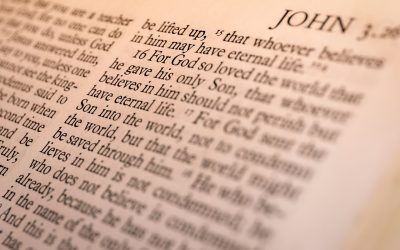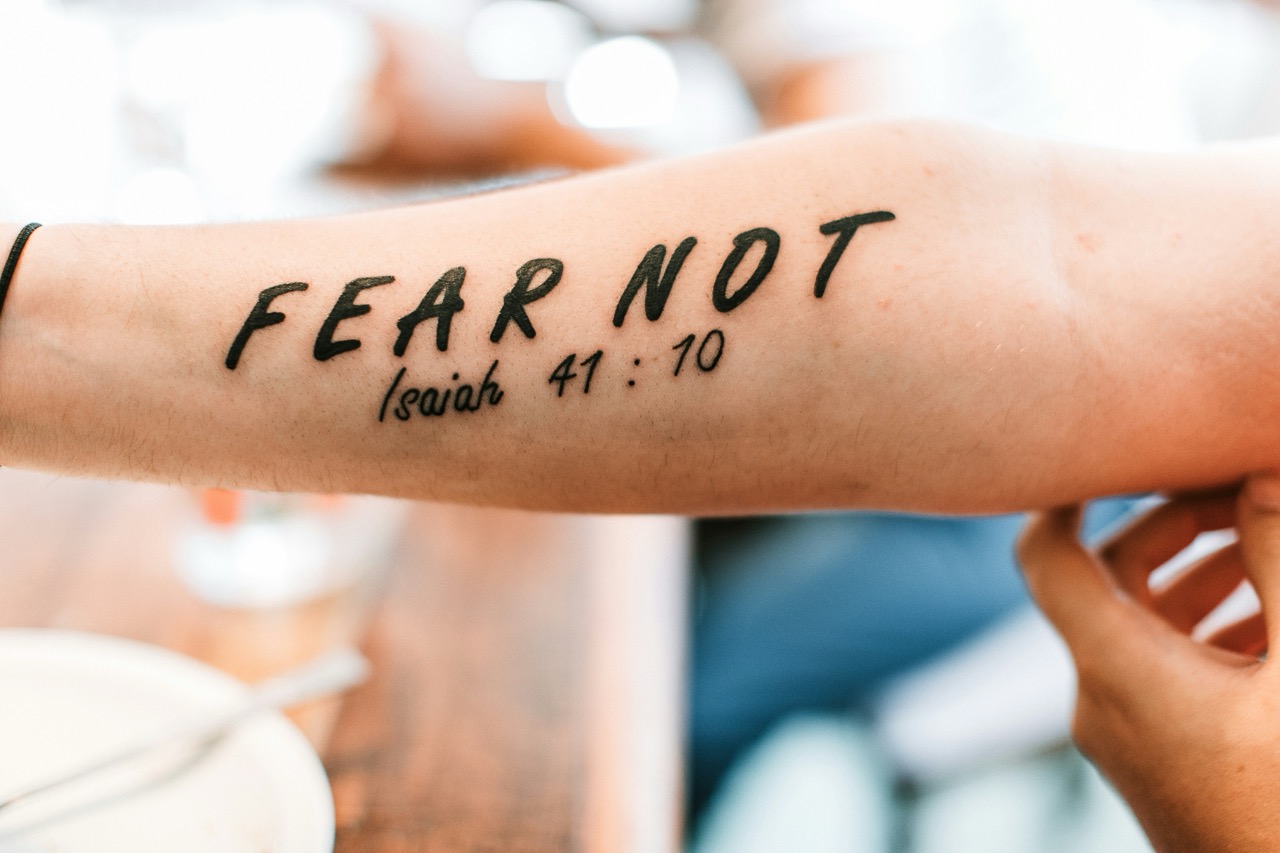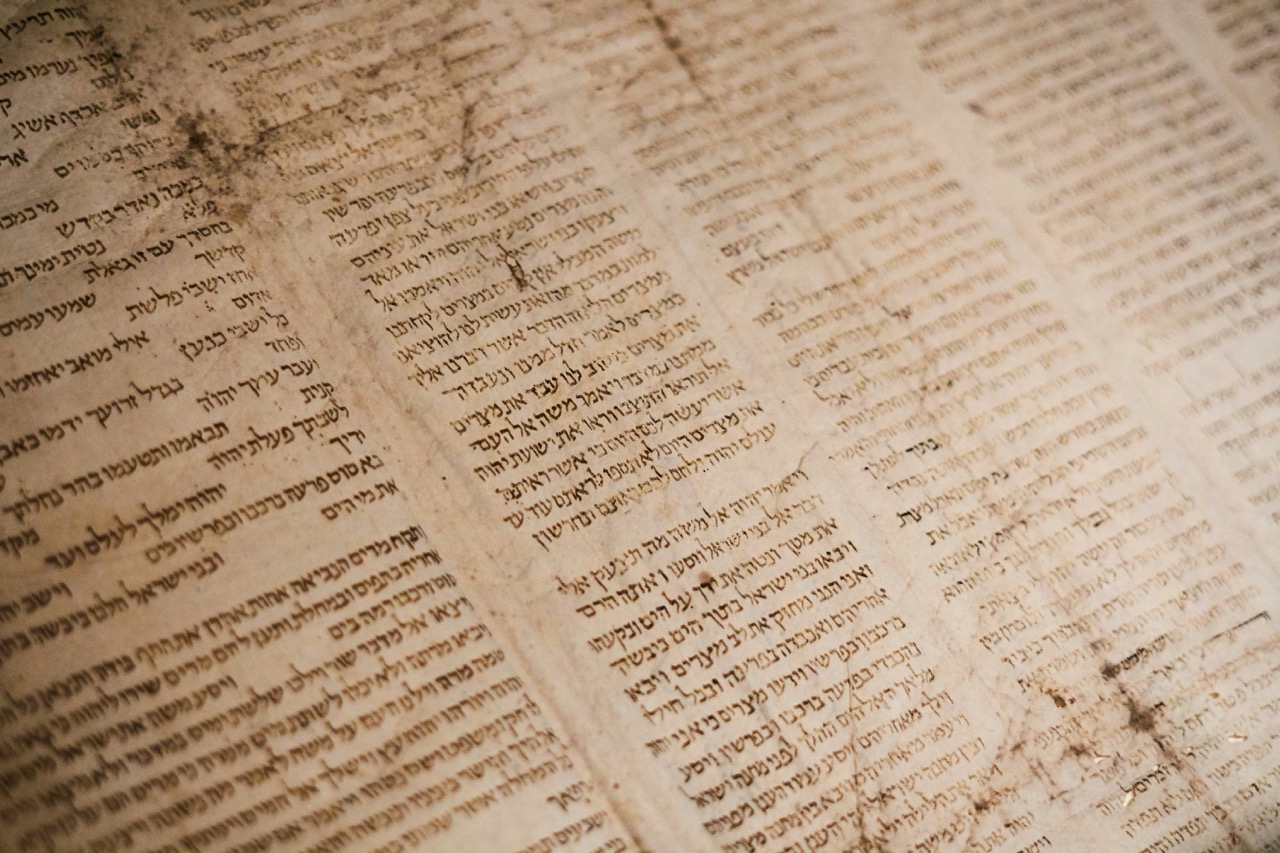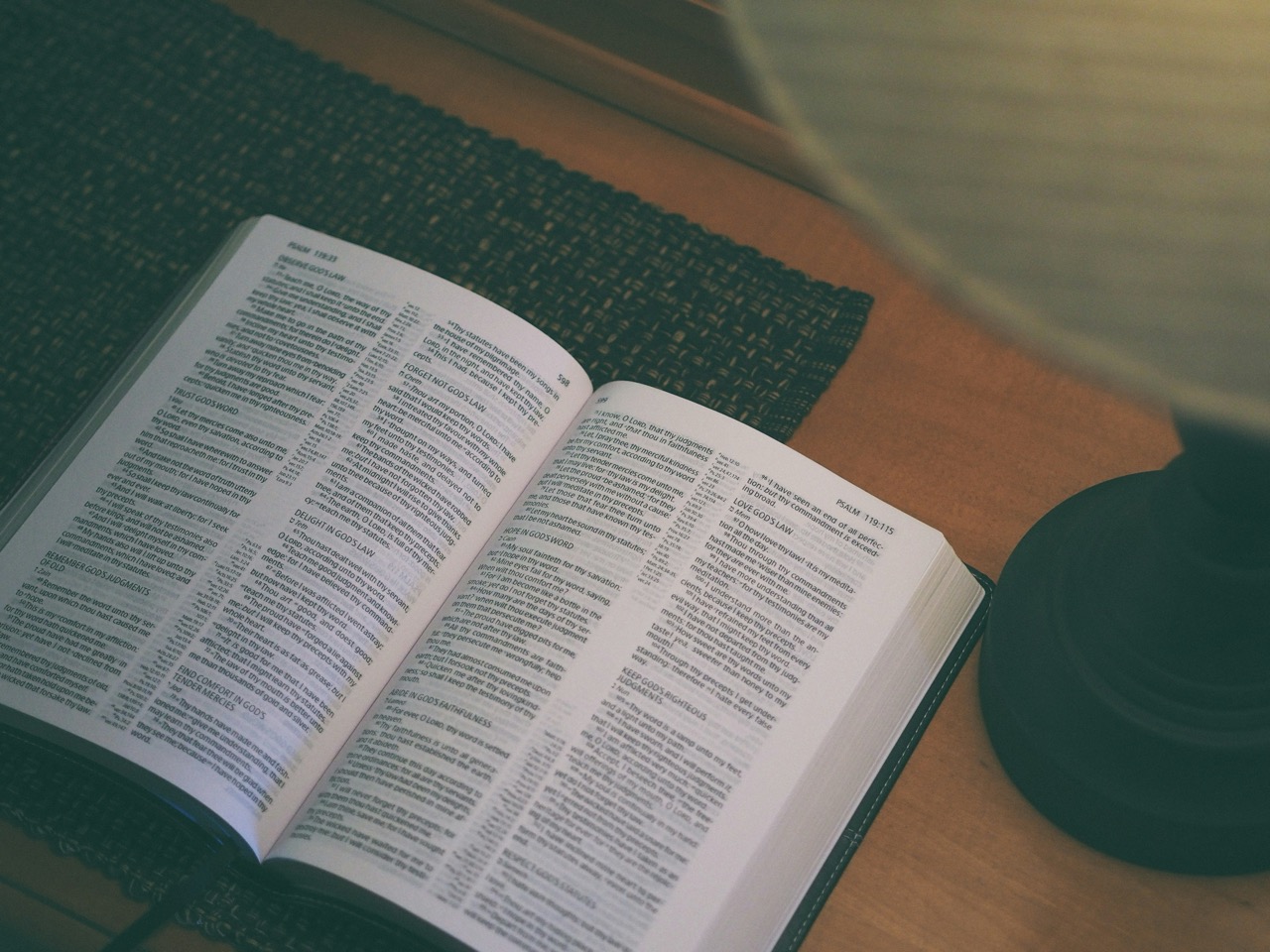The Influence Of Early Christian Art On Christian Art Workshop
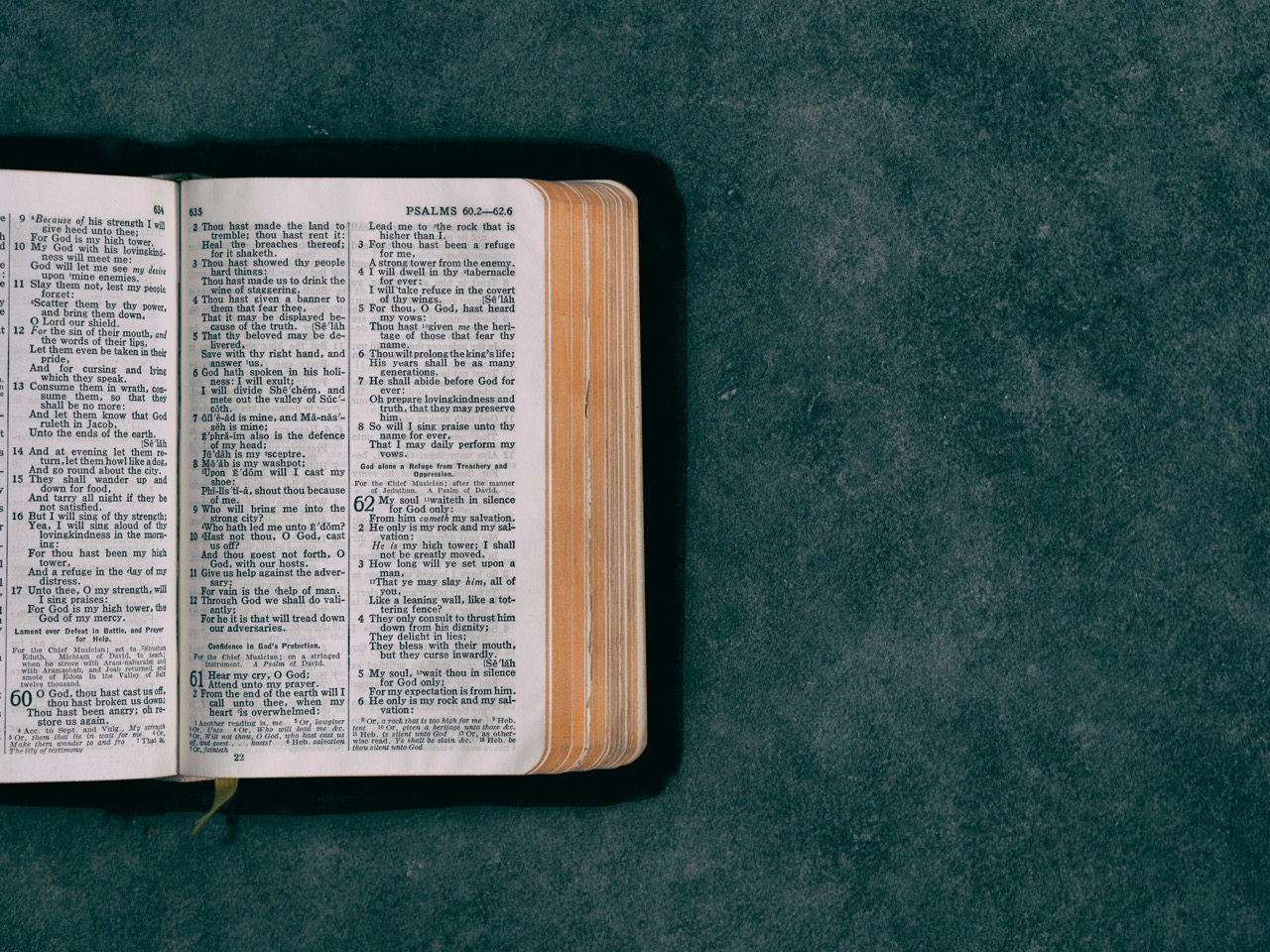
Early Christian art emerged in a unique context, characterized by a blend of religious symbolism and cultural influences. This period, spanning from the 2nd to the 5th centuries, set the stage for the visual language of Christianity, which would evolve and adapt in subsequent centuries. The impact of early Christian art on Christian art workshops is profound, shaping not only artistic techniques but also the thematic approaches artists would adopt in their work. This article aims to explore how the foundational elements of early Christian art continue to resonate in modern Christian art workshops.
Exploring Early Christian Art’s Lasting Legacy in Workshops
The formative years of early Christian art were marked by the use of simple symbols that conveyed rich theological messages. Drawing from both Roman and Jewish traditions, early Christian artists utilized motifs such as the fish, the Good Shepherd, and the chi-rho to communicate faith visually. These symbols were not merely decorative; they served as a means of identification for believers and a way to express complex ideas about salvation and community. As artists in workshops began to adopt these symbols, they became integral to the iconography of Christian art, offering a visual shorthand for theological concepts.
As Christianity became more institutionalized, the art produced in workshops began to reflect the growing need for distinct identity and continuity. The styles and subjects found in early Christian art inspired craftsmen to incorporate these elements into their work. This legacy can be seen in the mosaics of the Byzantine era and the illuminated manuscripts of the Middle Ages. By keeping the symbols and themes of early Christian art alive, workshops maintained a connection to the past while also catering to contemporary religious needs. The influence of these early artworks continues to be felt in modern religious artistic expressions.
Moreover, the role of workshops in preserving and transmitting early Christian art traditions cannot be understated. These workshops were often centers of learning, where skilled artisans passed down techniques and motifs from generation to generation. This apprenticeship model allowed for a continuity of style and theme that solidified the foundational elements of Christian art. As a result, early Christian art’s legacy remains firmly embedded in the practices and methodologies of Christian art workshops, ensuring that the spiritual messages and artistic techniques endure across centuries.
Transforming Tradition: Techniques from Early Christian Art
The techniques employed in early Christian art established a framework that would be adapted and transformed by workshops over the centuries. Early artists often favored frescoes and mosaics, utilizing available materials to create works that were both durable and visually striking. These techniques emphasized the spiritual over the purely aesthetic, with an intention to inspire reverence and contemplation. In workshops, this focus on spirituality encouraged artists to experiment with new materials and methods, while still respecting the traditional forms that originated in the early Christian period.
Another significant aspect of early Christian art was its use of light and color to evoke emotional responses. The careful application of gold leaf in mosaics, for example, created a shimmering effect that drew the viewer’s eye and symbolized the divine. Workshops adopted this technique, learning not only how to apply gold effectively but also how to use color in a way that conveyed deeper meanings within religious contexts. This blending of technique and spirituality continues to influence contemporary Christian art, as artists strive to create works that resonate on both visual and spiritual levels.
Furthermore, early Christian art often embraced a sense of abstraction, moving away from the naturalism that characterized Roman art. This abstraction allowed for a focus on the divine and the transcendent, a quality that is still sought after in many Christian art workshops today. Artists learned to utilize simplified forms and stylized figures to evoke a sense of otherworldliness. This tradition of abstraction provides a rich source of inspiration for modern artists, enabling them to explore new interpretations of faith and spirituality while remaining rooted in early Christian artistic principles.
The influence of early Christian art on Christian art workshops is a remarkable testament to the resilience and adaptability of artistic traditions. By preserving essential symbols, techniques, and themes from this foundational period, artists have ensured that the spiritual messages of Christianity continue to resonate today. The blending of tradition and innovation in these workshops fosters a dynamic environment where the lessons of the past inform the creative expressions of the present. As we continue to explore the evolution of Christian art, it becomes clear that the legacy of early Christian art will remain a guiding light for future generations of artists and believers alike.
